Once blessed with the responsibility of nurturing a precious new life, it is natural that many new parents start exploring the benefits of a more holistic lifestyle approach for their family’s health. A child is the most susceptible to its environment in its early years. It’s comforting to know that taking a natural approach to parenting doesn’t have to “cost the earth” and can just mean including a few accessible home techniques or shopping wisely.
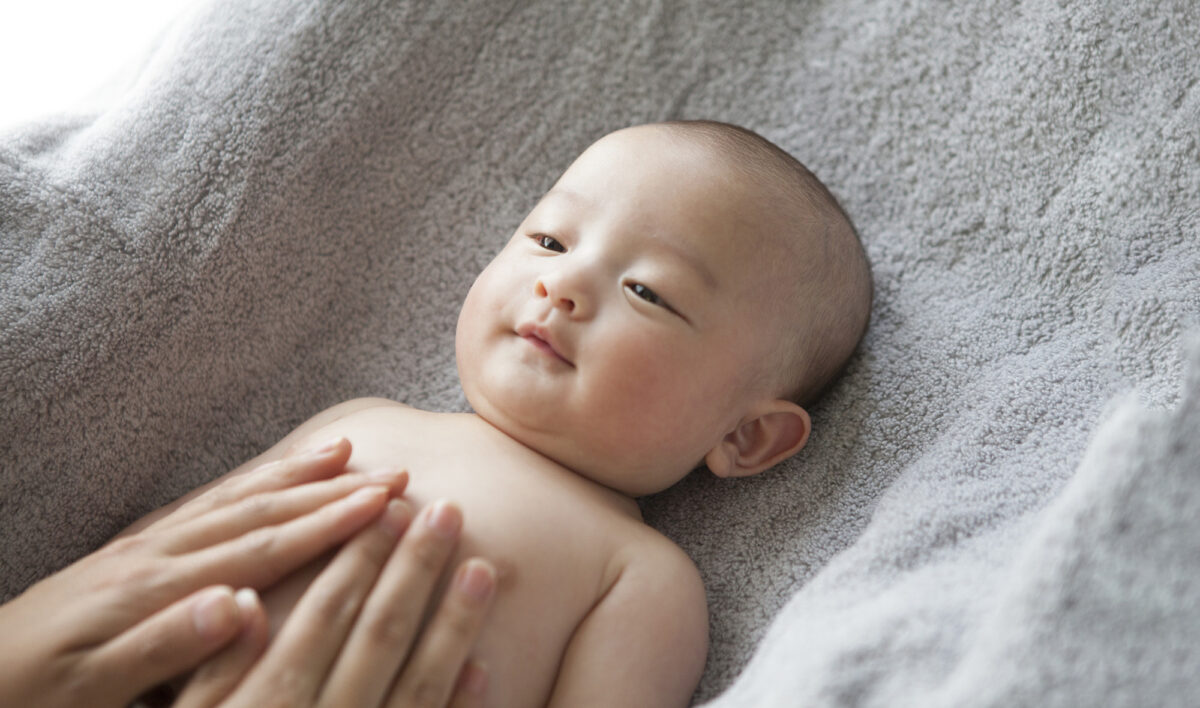
Baby Massage
Babies need and indeed crave bodily contact in order to thrive. Studies have shown that babies who are massaged regularly are more relaxed, eat and sleep better, and have less colic and constipation. One of the best reasons to massage your little one is that it promotes bonding between parent and child, and a baby who is bonded is going to adjust to new situations and life in general much more easily. A standard recommendation for pressure is to place your pointing finger on your closed eyelid and press lightly, stopping before it feels uncomfortable. The pressure you used can be used as a guide for how much strength to use on a newborn baby. As you massage your baby more often, you’ll get to know what type of pressure is good for them. On the abdominal area, always massage in a clockwise direction, as this follows the direction of flow in the digestive system. Choosing the right massage blends for babies and toddlers is essential.
Child-friendly Essential Oils
Smell is a powerful instinct, and aromatherapy works with the senses, helping to heal, relax and improve mood for both child and parent. Below is a guide for how you may like to use essential oils with babies and toddlers.
Recommended dose:
0-3 months: 1 drop of essential oil in 2 tablespoons of base oil
3-24 months: 2 drops of essential oil in 2 tablespoons of base oil
Massage: To avoid skin irritation, always dilute essential oils with a carrier oil before using. The safest carrier oils to use on young skin are olive, jojoba, grape seed, avocado and apricot kernel. Nut oils shouldn’t be used until 12 months of age in case of an allergic reaction.
Bathing – Disperse oils in 1/3 of a cup of milk then add to the bath just before turning off the taps.
Inhalation – Add 1 drop of your chosen essential oil to your baby’s bedding or put it on a piece of muslin tied to the cot.
Oil diffusers – Don’t use a diffuser until the child is four weeks or older, and always keep well out of reach of little ones!
The following oils are considered the safest and most popular;
0-3 months:
- Lavender
- Roman Chamomile
- Rose
From 3 months old on, you can add:
- Sweet Orange
- Calendula
- Neroli
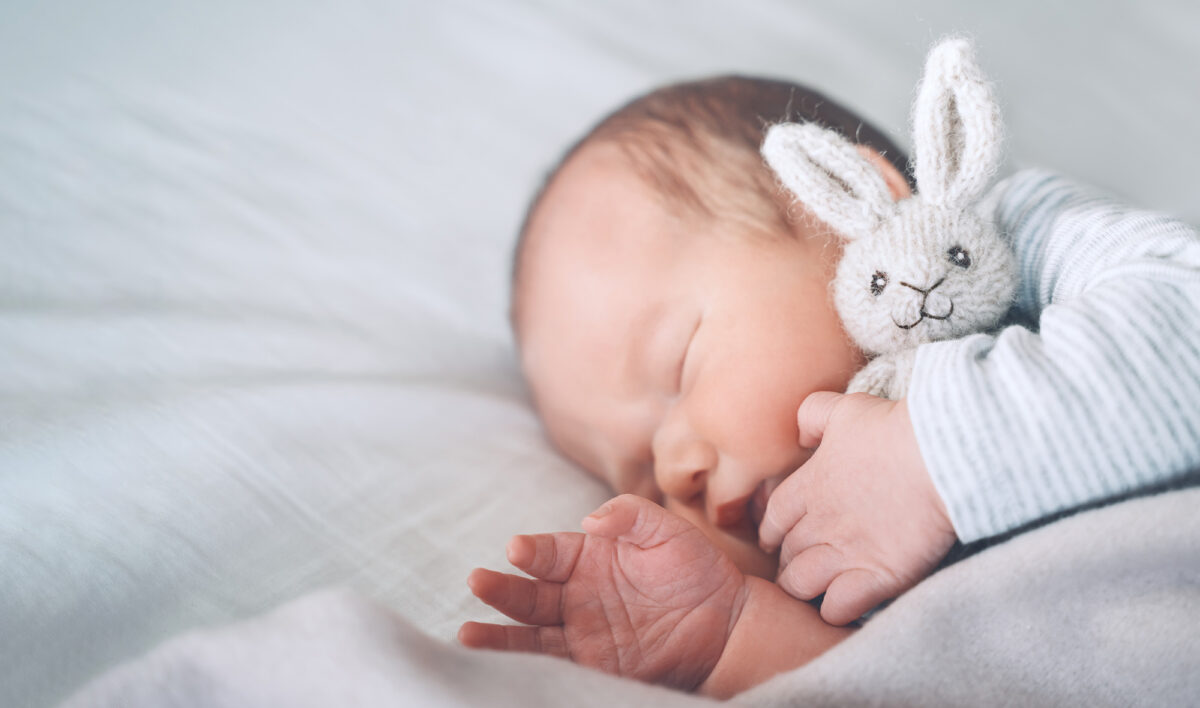
Natural vs. Synthetic Fabrics
Most synthetic fabrics, from towels to onesies to cot sheets, are treated with a toxic cocktail of chemicals during and after processing. These chemicals not only leach into the environment but they may also be absorbed or inhaled directly by your little ones. Babies’ and toddlers’ skin is more porous than our adult skin, meaning that they absorb toxins at a substantially higher rate than us. This can cause harm to the baby’s health and safety through allergic reactions, rash, asthma, and chemical sensitivities. Where possible, it’s best to stay away from the following fabrics instead of more natural options:
- Acrylic
- Polyester
- Rayon
- Acetate
- Nylon
- Anything labelled static-resistant, wrinkle-resistant, stain-proof or moth-repellent
Natural fabrics tend to breathe better than synthetic fibers and naturally wick moisture away from the body. Fabrics suitable for babies and toddlers include:
If your child has very sensitive skin, you may want to seek out organic fabrics. Even natural fabrics, such as cotton, are treated with pesticides while they are grown, and some of those pesticides will remain in the fibers.
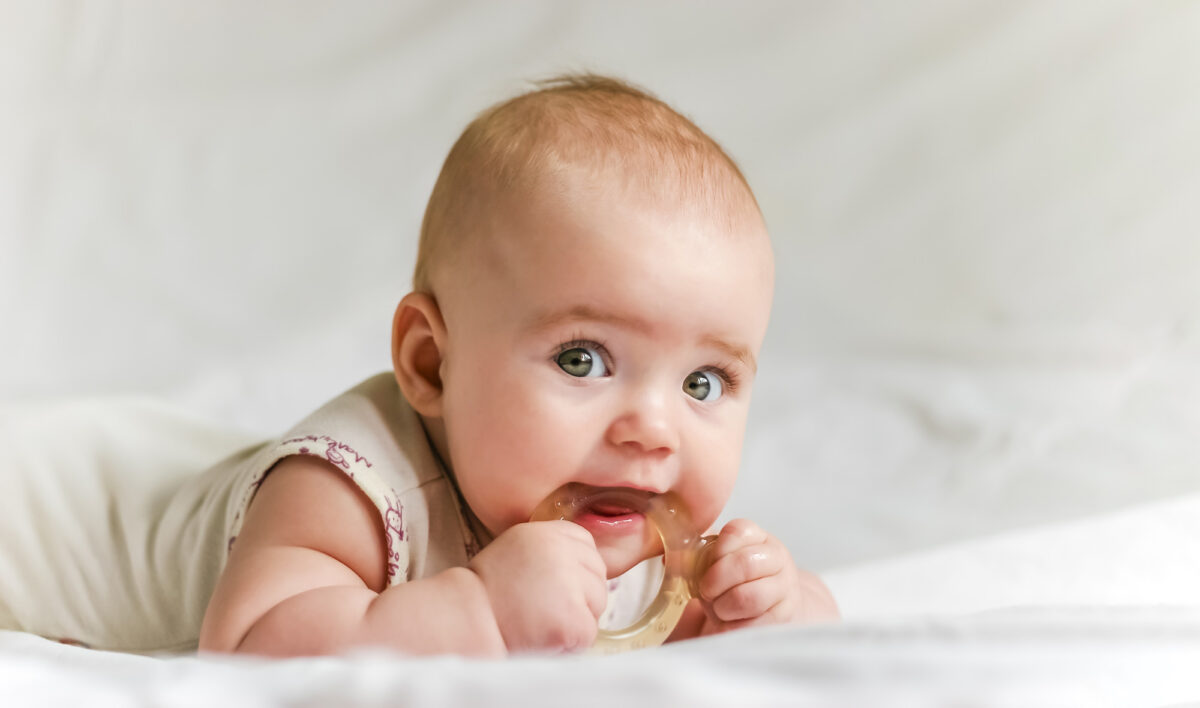
Preventing Bacteria Build-up on Feeding & Soothing Items
It’s not possible or practical to create a totally germ-free environment for your baby. But by sterilising your baby’s feeding equipment, you can reduce risks while babies are at their most vulnerable. To protect your baby from illness make sure you sterilise all feeding equipment for the first six months. This means washing all feeding and soothing equipment with warm water and an eco-friendly, natural cleaning liquid. Make sure to rinse the suds off the equipment, and then either place in a BPA-free microwaveable steriliser, or boil in a pan. To boil, you’ll need a large pan with a lid or cover. Fill the pan with water and submerge all the feeding equipment completely. Cover the pan and boil for at least 10 minutes. Keep the pan’s cover on until you need to use the equipment.
A natural approach to parenting doesn’t have to be an all-or-nothing endeavour. You don’t have to ban all synthetic fabrics from your house, move to a self-sustaining farm or snub modern-day parenting aids such as soothers or bottles. The most important thing to remember is that the loving and nurturing parenting style that occurs most naturally to you is the most pure and healthy form of ‘parenting naturally’.
Always speak to a healthcare professional (ie. midwife, plunket nurse, GP) before incorporating any new health care, supplements or essential oils into your baby’s routine.
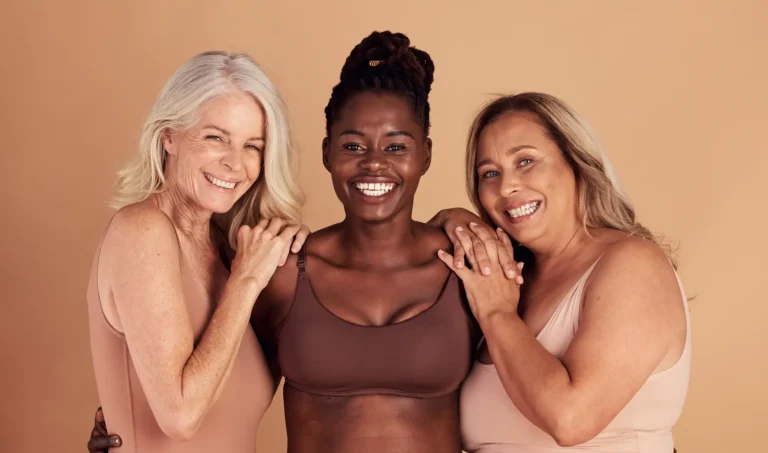
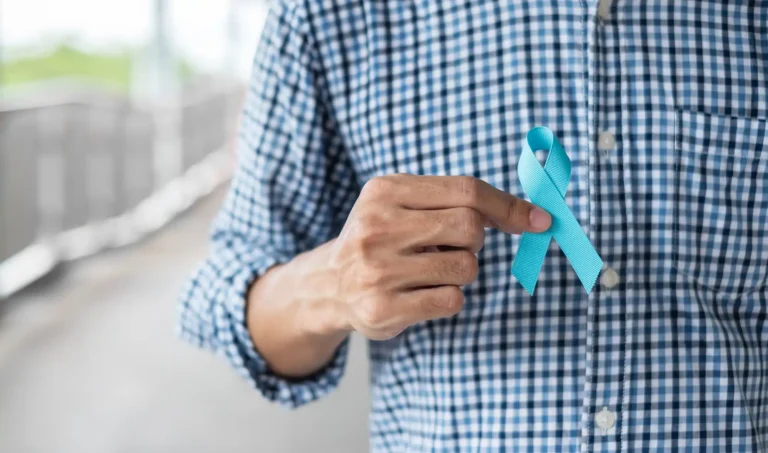




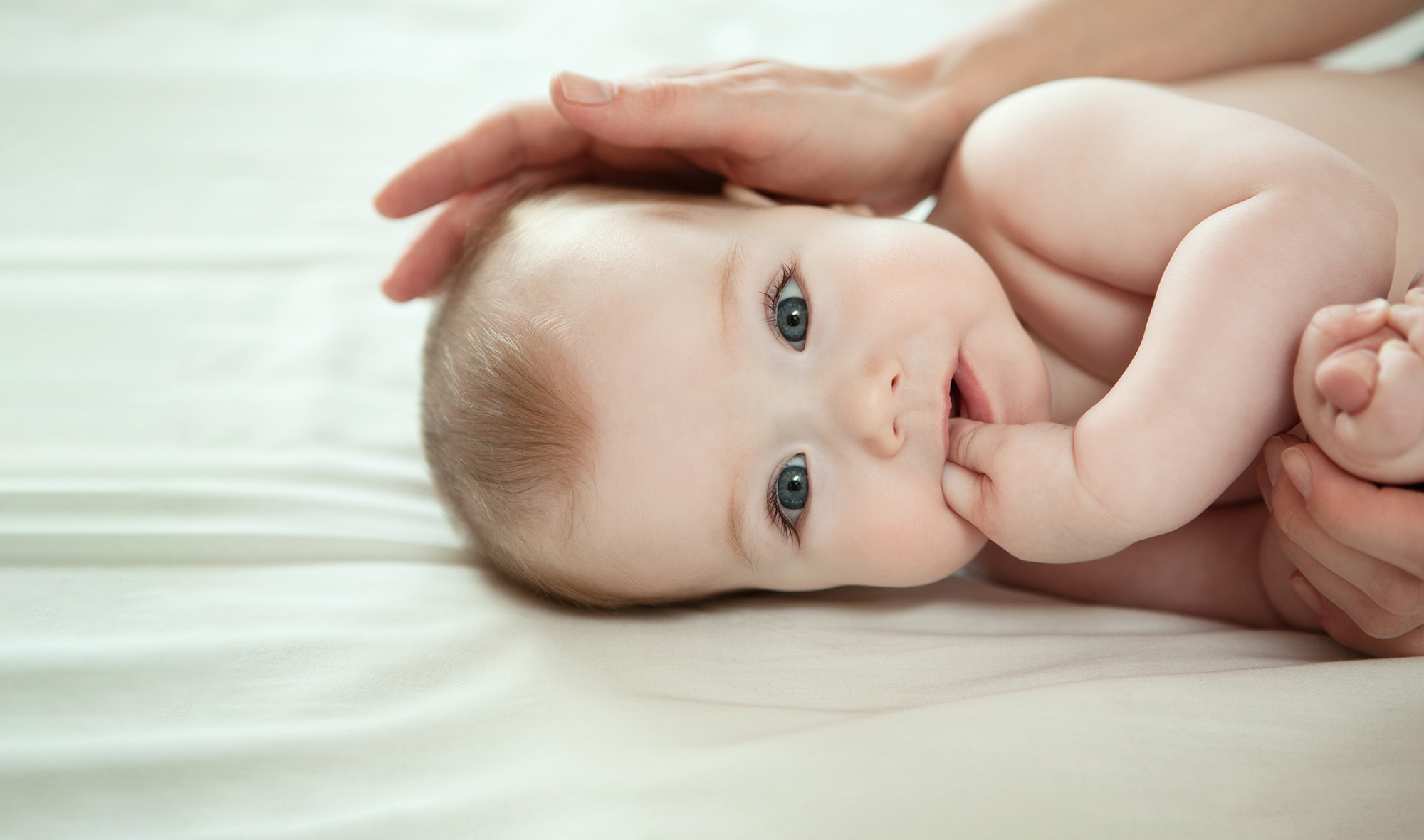
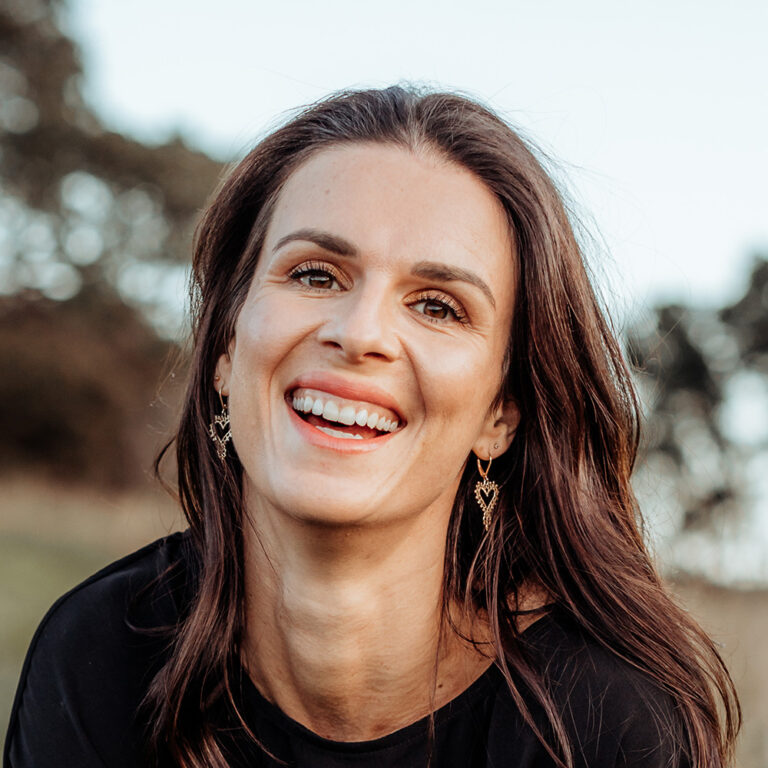



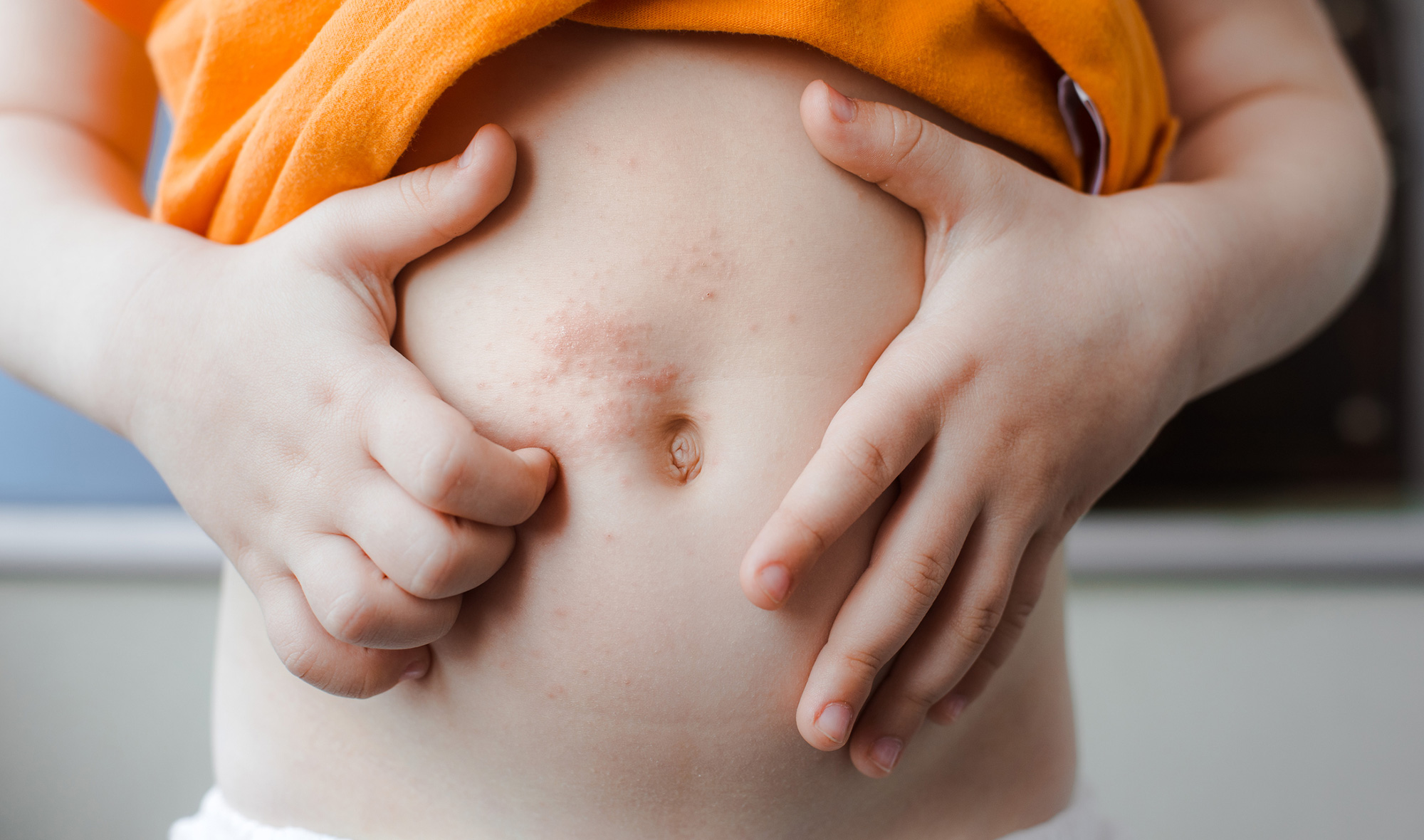
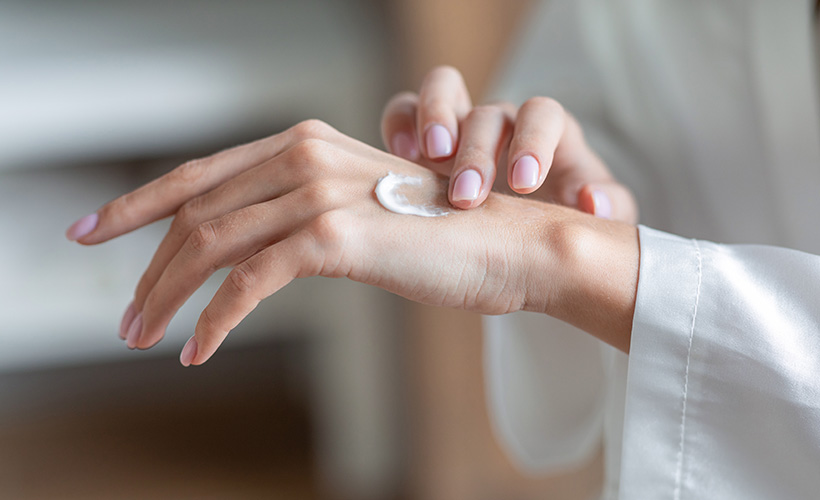
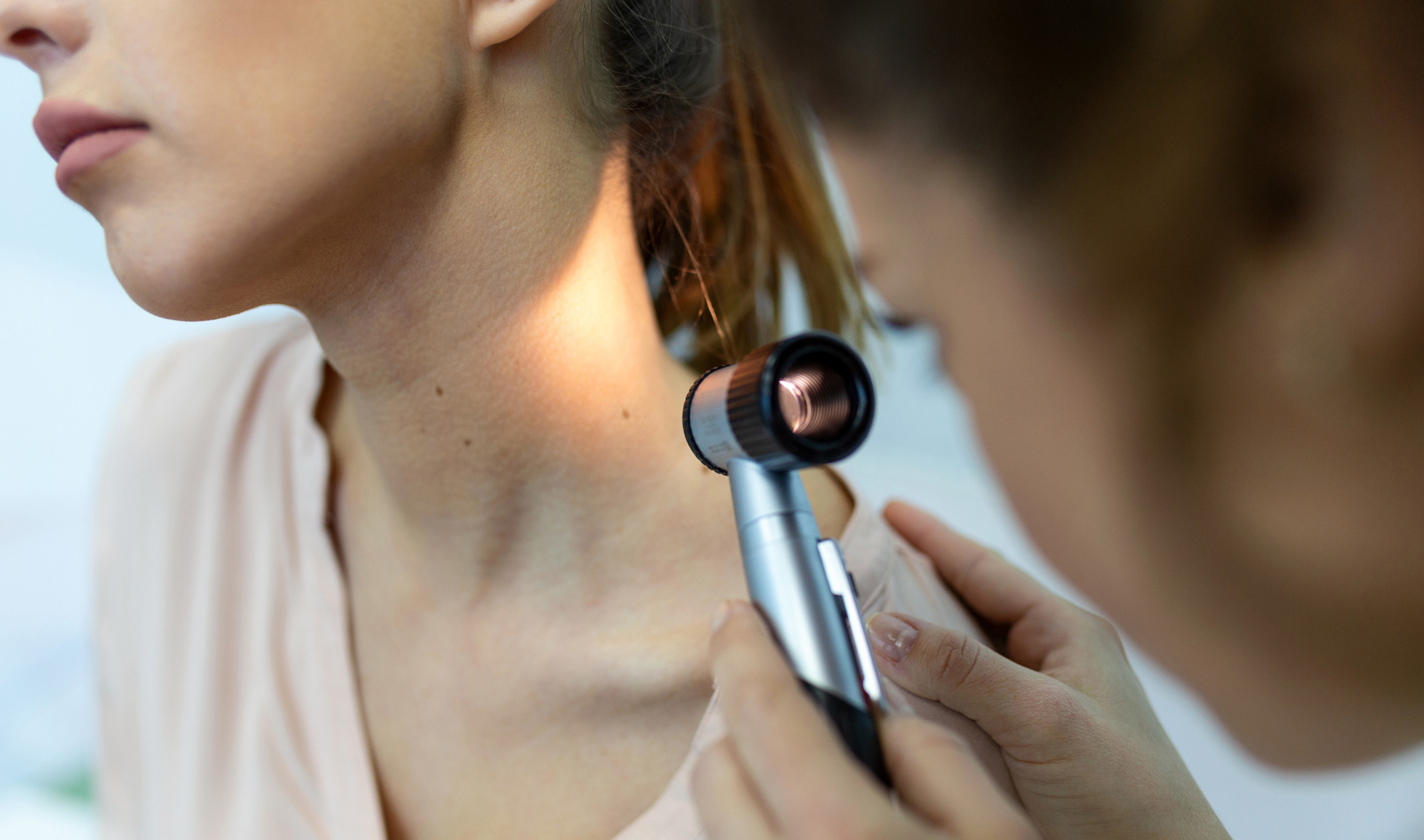
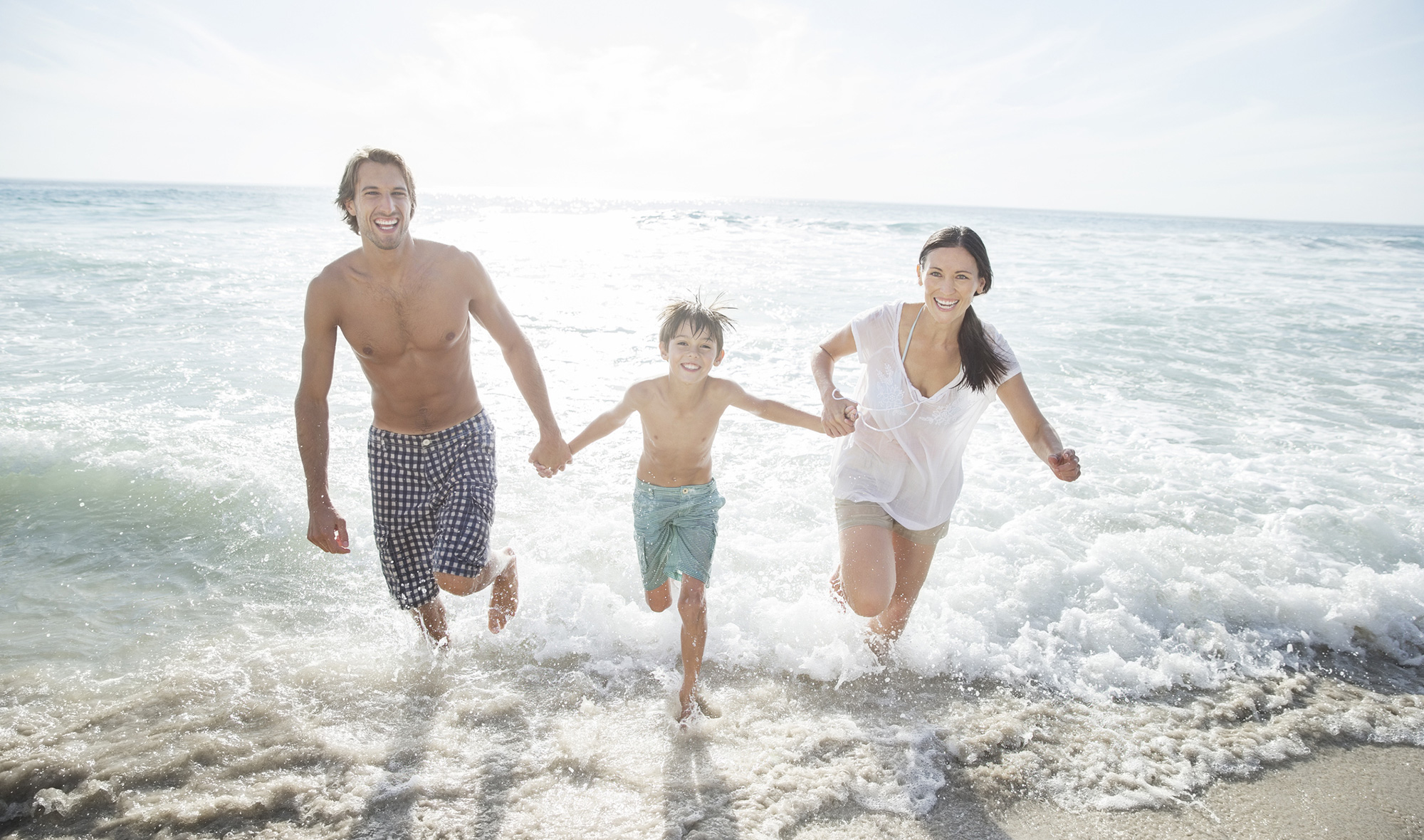


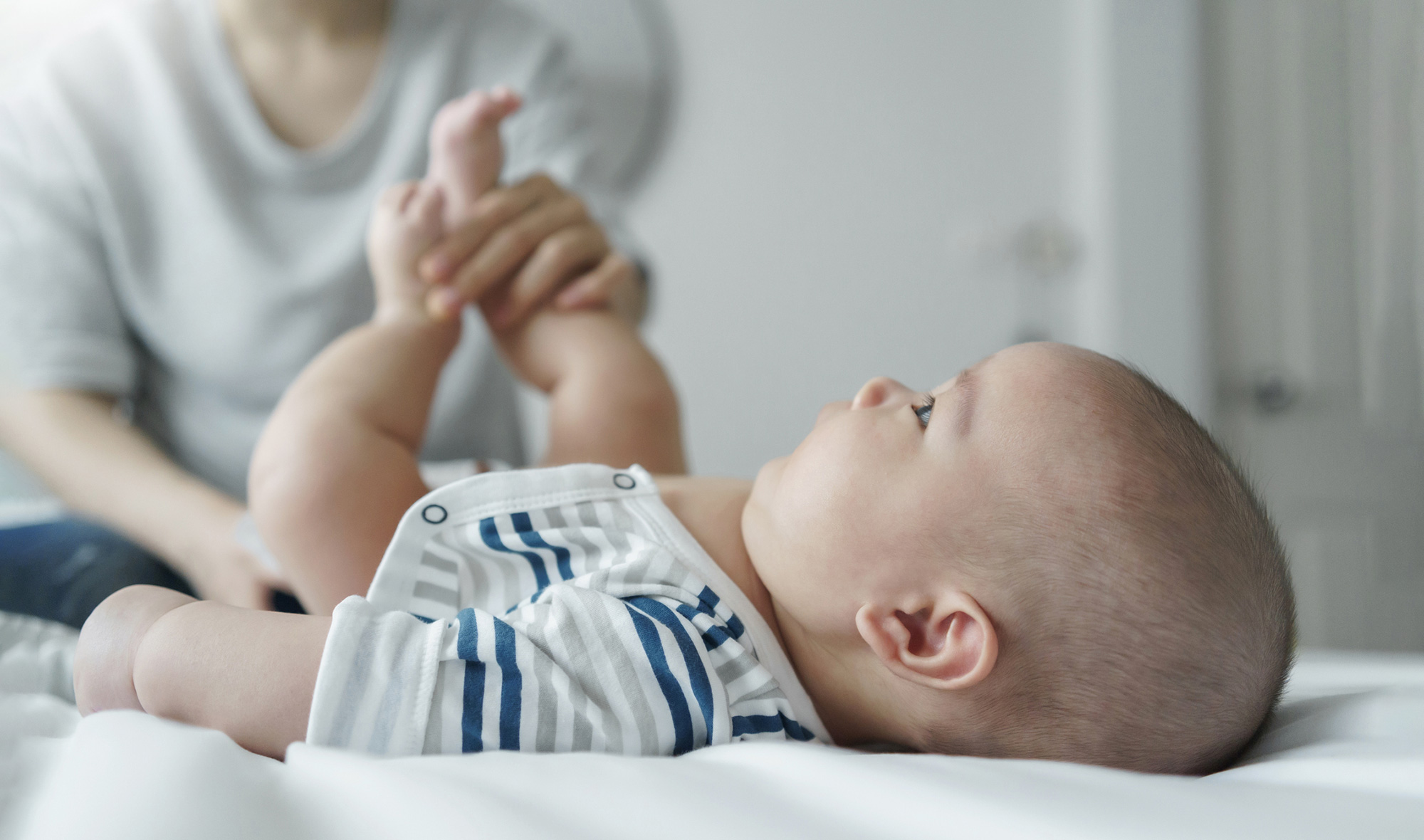
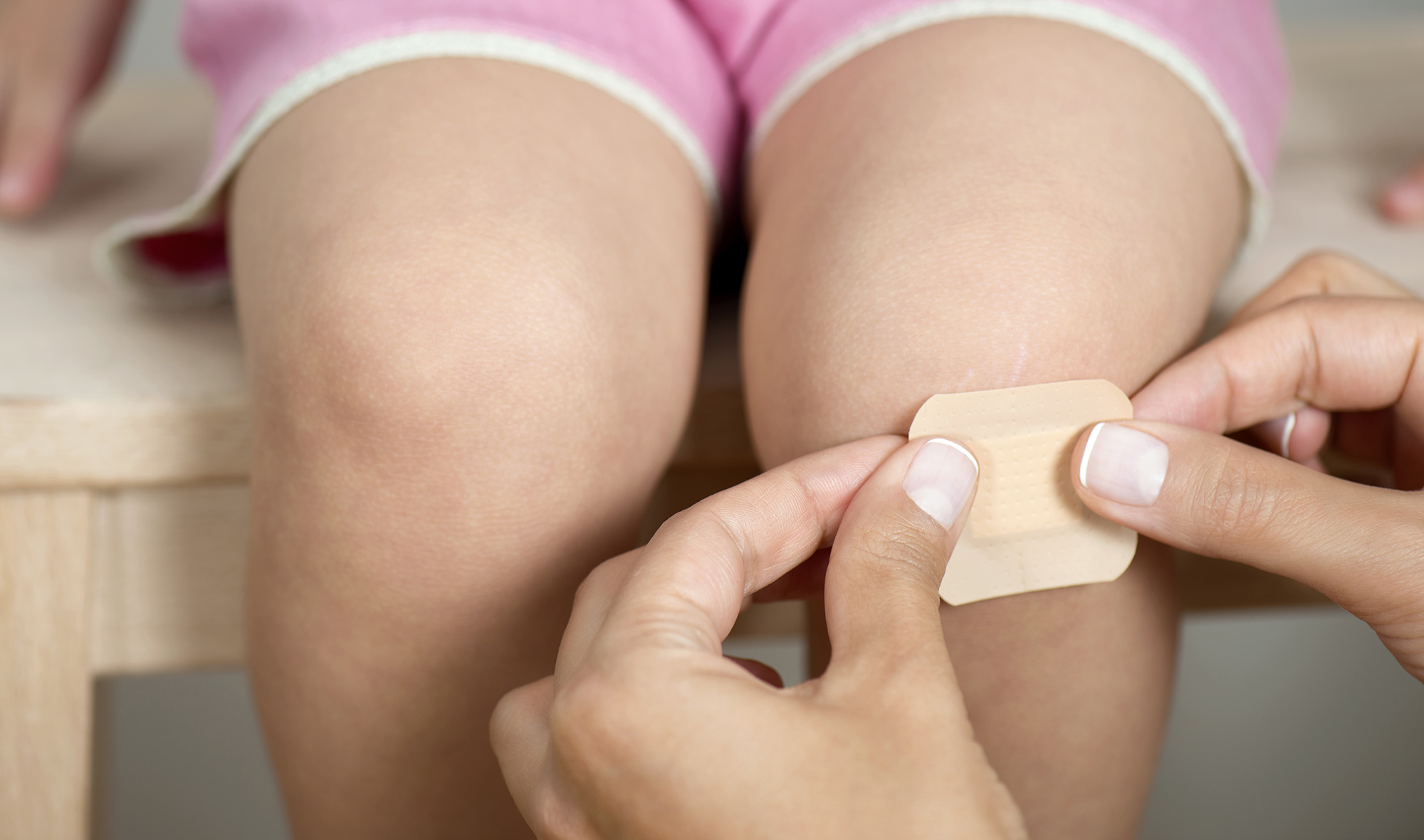
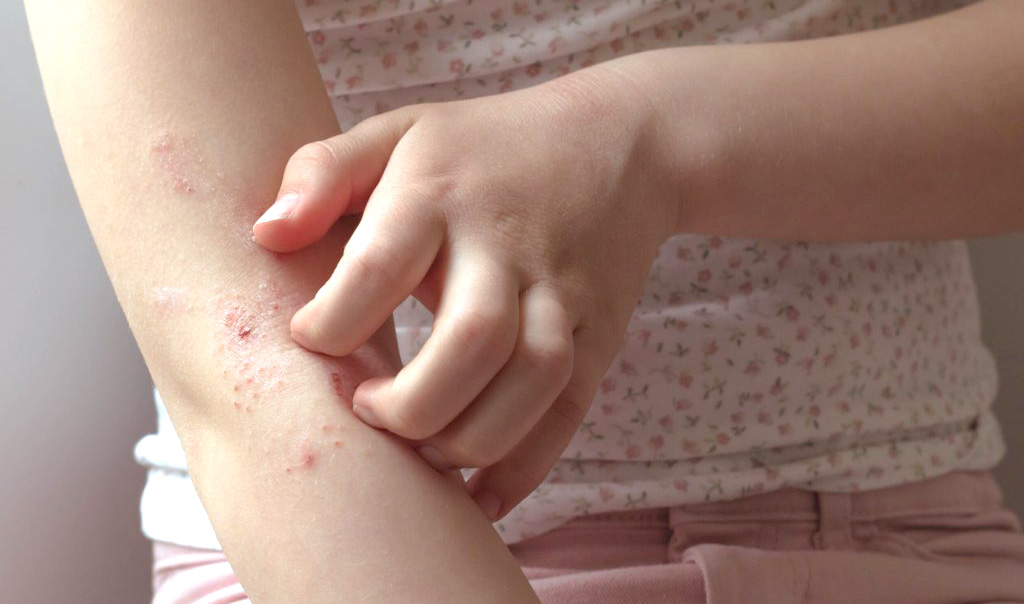

Community